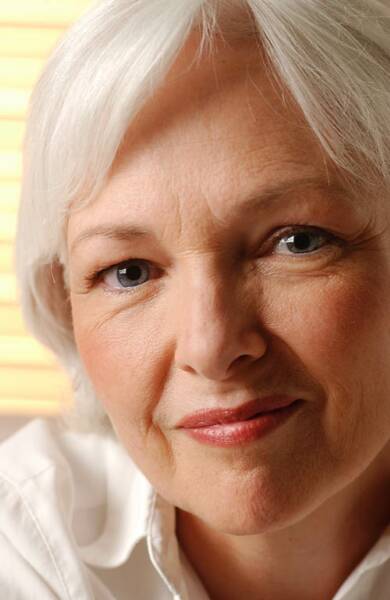Osteoporosis information and facts
Osteoporosis is a disease characterized by low bone mass and structural deterioration of bone tissue, leading to bone fragility and an increased susceptibility to fractures, especially of the hip, spine and wrist, although any bone can be affected.
Osteoporosis is a major public health threat for over 44 million Americans and Canadians, or 55 percent of people 50 years of age and older. In the U.S. today, 10 million individuals are estimated to already have the disease and almost 34 million more are estimated to have low bone mass, placing them at increased risk for osteoporosis.
One in two women and one in four men over age 50 will have an osteoporosis-related fracture in her or his remaining lifetime.
Significant risk has been reported in people of all ethnic backgrounds.
While osteoporosis is often thought of as an older person's disease, it can strike at any age.
Women:
Eighty percent of those affected by osteoporosis are women.
Five percent of non-Hispanic black women over age 50 are estimated to have osteoporosis; an estimated additional 35 percent have low bone mass that puts them at risk of developing osteoporosis.
Ten percent of Hispanic women aged 50 and older are estimated to have osteoporosis, and 49 percent are estimated to have low bone mass.
Twenty percent of non-Hispanic white and Asian women aged 50 and older are estimated to have osteoporosis, and 52 percent are estimated to have low bone mass.
Men:
Twenty percent of those affected by osteoporosis are men.
Seven percent of non-Hispanic white and Asian men aged 50 and older are estimated to have osteoporosis and 35 percent are estimated to have low bone mass.
Four percent of non-Hispanic black men aged 50 and older are estimated to have osteoporosis and 19 percent are estimated to have low bone mass.
Three percent of Hispanic men aged 50 and older are estimated to have osteoporosis and 23 percent are estimated to have low bone mass.
Fractures:
One in two women and one in four men over age 50 will have an osteoporosis-related fracture in their remaining lifetime.
Osteoporosis is responsible for more than 1.5 million fractures annually, including:
over 300,000 hip fractures
and approximately
700,000 vertebral fractures
250,000 wrist fractures; and
300,000 fractures at other sites.
Symptoms:
Osteoporosis is often called the "silent disease" because bone loss occurs without symptoms. People may not know that they have osteoporosis until their bones become so weak that a sudden strain, bump or fall causes a fracture or a vertebra to collapse. Collapsed vertebrae may initially be felt or seen in the form of severe back pain, loss of height, or spinal deformities such as kyphosis or stooped posture.
Risk Factors:
Certain people are more likely to develop osteoporosis than others. Factors that increase the likelihood of developing osteoporosis are called "risk factors." These risk factors include:
* Personal history of fracture after age 50
* Current low bone mass
* Being female
* Being thin and/or having a small frame
* Advanced age
* A family history of osteoporosis
* Estrogen deficiency as a result of menopause
* Abnormal absence of menstrual periods (amenorrhea)
* Anorexia nervosa
* Low lifetime calcium intake
* Vitamin D deficiency
* Low testosterone levels in men
* An inactive lifestyle
* Current cigarette smoking
* Excessive use of alcohol
Women can lose up to 20 percent of their bone mass in the five to seven years following menopause, making them more susceptible to osteoporosis.
Detection:
Specialized tests called bone density tests can measure bone density in various sites of the body.
Prevention: 
By about age 20, the average woman has acquired 98 percent of her skeletal mass. Building strong bones during childhood and adolescence can be the best defense against developing osteoporosis later. There are five steps, which together, can optimize bone health and help prevent osteoporosis. They are:
* A balanced diet rich in calcium and vitamin D
* Weight-bearing exercise
* A healthy lifestyle with no smoking or excessive alcohol intake
* Talking to your healthcare professional about bone health
* Bone density testing and medication when appropriate
